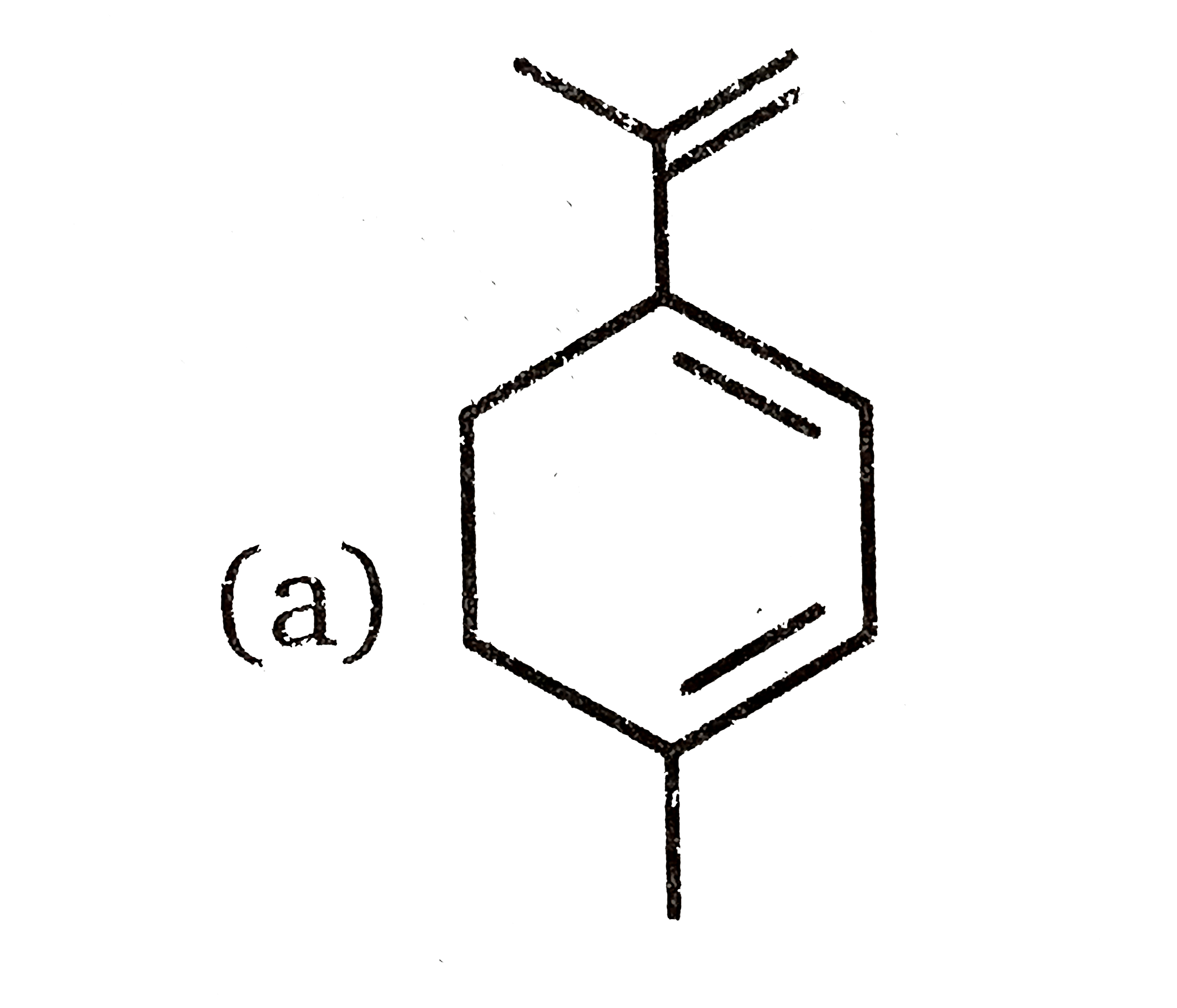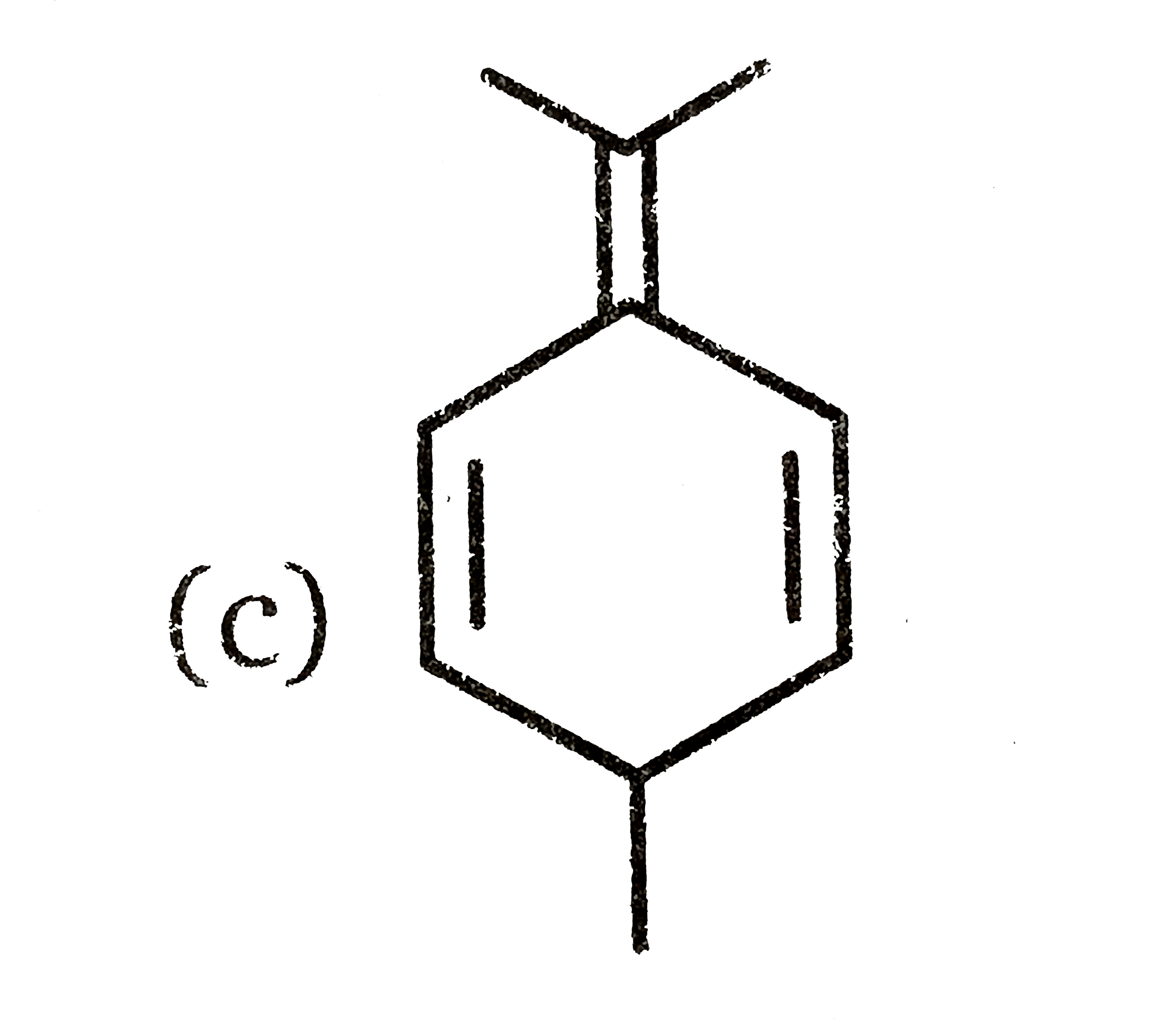R−O∣∣C−Cl+Z→R−O∣∣C−R
The reagent Z is :
R2CuLi
R2Cd
(Ph3P)3RhCl
H2−Pd/BaSO4
The correct Answer is:A, B
Step by step video, text & image solution for R-overset(O)overset(||)C-Cl+ZrarrR-overset(O)overset(||)C-R The reagent Z is : by Chemistry experts to help you in doubts & scoring excellent marks in Class 12 exams.
Updated on:21/07/2023Topper's Solved these Questions
- HALIDESBOOK - HIMANSHU PANDEYCHAPTER - HALIDESEXERCISE - More Than One Correct (Q.26 To Q.50)
25 Videos
- HALIDESBOOK - HIMANSHU PANDEYCHAPTER - HALIDESEXERCISE - Linked Comprehension Type (Q.1 To Q.25)
25 Videos
- HALIDESBOOK - HIMANSHU PANDEYCHAPTER - HALIDESEXERCISE - Level 2 (Q.151 To Q.165)
15 Videos
- GENERAL ORGANIC CHEMISTRYBOOK - HIMANSHU PANDEYCHAPTER - GENERAL ORGANIC CHEMISTRYEXERCISE - Subjective Type Problems
19 Videos
- ISOMERISMBOOK - HIMANSHU PANDEYCHAPTER - ISOMERISMEXERCISE - Subjective Type Problems
11 Videos
Similar Questions
CH3−Cl∣CH−O∣∣C−CH3
View SolutionThe Hunsdiecker reaction is believed to proceed by a free radical mechanism and involves the formation of an acyl hypohalite.
A. R−O||C−O−Ag+Br2→R−O||C−O−Br+AgBr
B. R−O||C−O−Br→R−O||C−.O+B.r
C. R−O||C−.C→R.+CO2
D. R∙+R−O||C−OBr→R−Br+R−O||C−O.
The rate determining step is :
View Solution
Knowledge Check
An unknown alkene (A) reacts with 3 mole of H2 gas in presence of platinum catalyst to form 1-isopropyl-4-methyl cyclohexane. When unknown alkene (A) is ozonized and reduced following product are obtained
H−O∣∣C−H H−O∣∣C−CH2−O∣∣C−O∣∣C−CH3 CH3−O∣∣C−CH2−O∣∣C−H
The alkene (A) is:A B
B C
C D
D
For the given conversion : Me−O∣∣C−OH→Me−O∣∣C−H
Suitable options are :AReduction by LiAIH4BReaction with SOCl2 followed by H2/Pd−BaSO4CCatalytic reduction by H2/NiDReaction with PCl5 followed by DiBAL-HThe following transformation,
R−O∣∣C−RR'CO3H−−−−−→R−O∣∣C−OR is known as :AOppanauer oxidationBBaeyer-Villiger oxidationCWheland oxidationDClemmensen reduction.
The Hunsdiecker reaction is believed to proceed by a free radical mechanism and involves the formation of an acyl hypohalite.
A. R−O||C−O−Ag+Br2→R−O||C−O−Br+AgBr
B. R−O||C−O−Br→R−O||C−.O+B.r
C. R−O||C−.C→R.+CO2
D. R∙+R−O||C−OBr→R−Br+R−O||C−O.
H3C−CH3∣C∣CH3−O||C−OAgBr2−−→Δ Major product:
View SolutionThe Hunsdiecker reaction is believed to proceed by a free radical mechanism and involves the formation of an acyl hypohalite.
A. R−O||C−O−Ag+Br2→R−O||C−O−Br+AgBr
B. R−O||C−O−Br→R−O||C−.O+B.r
C. R−O||C−.C→R.+CO2
D. R∙+R−O||C−OBr→R−Br+R−O||C−O.
Ph−CH=CH−C∣CH3H−O||C−OAgBr2−−→Δ Product
The major product is :
View SolutionCH3−O∣∣C−H and Ph−O∣∣C−H can be differentiated by :
View SolutionCH3−O∣∣C−H and Ph−O∣∣C−H can be differentiated by :
View SolutionThe correct IUPAC name of the H−O∣∣C−O∣∣C−O∣∣C−OH is
View Solution
